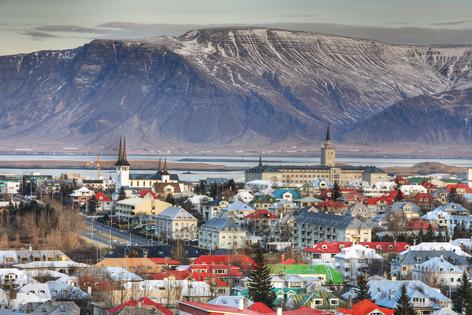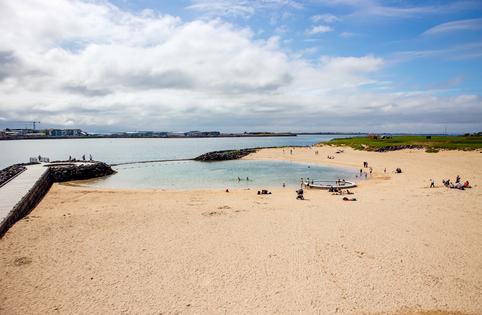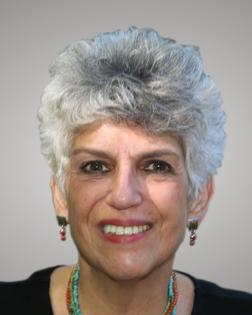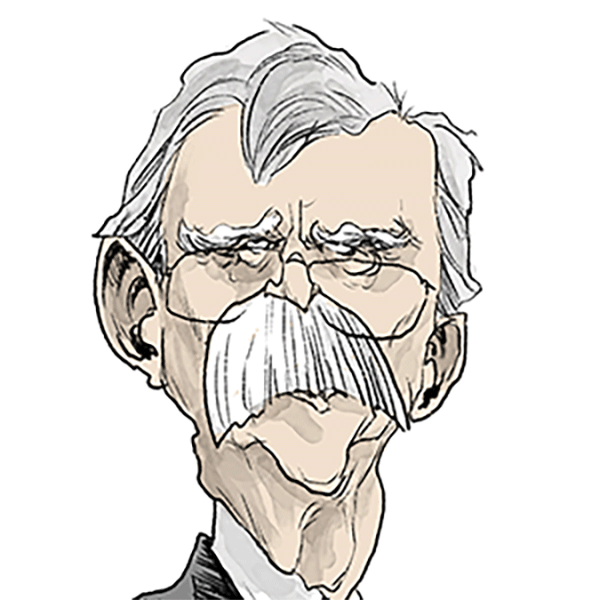Taking the Kids: Visiting Reykjavik, Iceland
They won’t win any parents of the year contest.
The famous puffins of Iceland fly away and leave their little chicks to fend for themselves when they are just six weeks old, explains Mariana Veloso, a marine biologist with a master’s degree, who is our guide on a 90-minute Elding Puffin Watching tour to Lundey.
“When the little pufflings get hungry they just leave,” explained Veloso, and they will stay at sea until they are four or five years old. Elding also offers whale- watching tours which are among the most popular tourist outings in Reykjavik.
We have just finished a two-week Abercrombie & Kent Arctic Exploration cruise. We saw walruses, whales, sea birds, even a mama polar bear and her cubs from a distance, but we didn’t see any puffins.
As 40 percent of the world’s puffin population – some 10 million puffins every summer – come from Iceland, I didn’t want to leave without seeing these amazing little birds who can fly as fast as 55 mph, flapping their wings 400 times a minute. You’ve seen pictures of these small birds with their distinctive bright orange beaks.
A few fun facts, courtesy of Veloso, puffins typically mate for life and return for the summer to the same burrow they created in the dirt to lay their sole egg. It is up to the male puffin to clean and deepen the burrow each year. “That’s how we tell the males apart because their chests are dirty from all the dirt early in the summer,” Veloso said.
The majority of people in Iceland live in the Reykjavik area. Only 370,000 people live in Iceland and about 63 percent – some 236,000 – live here, many in the suburbs. This is the center of Iceland’s culture, economy and government.
In Reykjavik, a soak in a geothermal pool is a must-do for tourists and a part of life for locals. There are 18 public swimming pools, as well as geothermal spas, and a geothermal beach. The waters are naturally heated from deep in the earth. Kids would love some of these pools with water slides; adults will love the hot tubs and steam baths.
Take your pick of Nautholsvik Geothermal Beach complete with hot tubs heated by warm water. Arbaejarlaug has water slides, a kiddie pool, wading pool, and massage tub. Asvallaug is the biggest thermal pool in Iceland (65,000 square feet).
If you plan to take in some of Reykjavik’s major museums, including the National Museum of Iceland, the Reykjavik Art Museum, the Reykjavik Zoo, the excellent Maritime Museum and Family Park, as well as many of the city’s thermal pools, invest in a City Card, as it also includes Reykjavik City Buses and Videy Island ferries, as well as discounts at various restaurants and tours.
We opted for a soak at Sky Lagoon, a geothermal oceanside lagoon, about a 14- minute bus ride from central Reykjavik. The Blue Lagoon is more iconic – many people make a stop to or from the airport but it is farther from the city and has been closed intermittently by the nearby active volcano. Sky Lagoon, I was told, is less crowded and doesn’t disappoint with its views over the sea and spa ritual, including sauna overlooking the sea, steam, salt scrub and shower, finishing with a beer or a glass of wine in the Lagoon. Yes, there is a swim up bar. Icelandia, which also does many day tours from the city, can arrange bus transfers, as well as many day trips. (The famous Golden Circle includes Pingvellir National Park, the Gullfoss waterfall and the geothermal region of Geysis.)
As we soaked, there were views at the infinity edge of the North Atlantic, mountain peaks, and glaciers. Over the centuries, Icelanders have learned to combine warm and cold water, dry heat and fresh air. That’s the basis of Sky Lagoon’s seven step Ritual, which includes a sauna, body scrub, cold mist and steam room. There is also a cold plunge pool. Many like to come summer evenings for the Midnight Sun or perhaps in winter for a glimpse of the Northern Lights.
Friend In Iceland founder Gunnar Sigurdsson said,“ Winter in Iceland is nothing short of magical. You can chase the Northern Lights, soak in geothermal hot springs, or explore ice caves and glaciers. For the more adventurous, snowmobiling and ice climbing are unforgettable experiences.”
After our plunge, we thoroughly enjoyed the Sky Platter in the Lagoon’s Smakk bar that included local cheese, organic blueberry jam, reindeer pate with red onion jam, cheeses, gravlax with homemade mustard and dill sauce, and “happy marriage bliss pie,” kind of like a fruit-filled cookie, accompanied by sourdough bread. At about $50, it seemed a bargain in a small nation where the cost of living is pretty steep.
I love a hotel with a good backstory and the Reykjavik Konsulat Hotel, once a department store, fit the bill. It was walking distance to the compact city’s major museums, restaurants, and shopping and best of all Baejarins Beztu. It’s the oldest hot dog stand in the city that has been in operation since 1937 and has served everyone from Bill Clinton to Kim Kardashian. At lunchtime, the line stretched down the block with locals, as well as tourists. And the hot dogs were delicious!
The Konsulat, one of the Curio Collection by Hilton, dates back to the early 1900s when the store was owned by Consul Ditlev Thomsen’s family. He was among the first to champion Iceland tourism, selling gear for outdoor adventures. Of course, today, Iceland is wildly popular for outdoor adventures in summer (the puffins, the glaciers), as well as winter (Northern Lights! Winter Sports!). Icelandic Air also has many appealing deals from the United States, including stopovers while going elsewhere.
We took a stroll up Laugavegur, one of the oldest shopping streets in Reykjavik, where visitors can purchase distinctive hand-knitted and merino wool sweaters, socks, hats and gloves, as well as all the outdoor gear or gifts you might need.
There are plenty of places for coffee, sweet treats, local fish, as well as Thai, Indian, kabobs, even a Subway.
As for those puffins, when their “pufflings” have matured, they will also return to the same place to find a mate and start the whole process again.
Fun fact: Dog lovers will be shocked to learn that pooches were banned for 60 years, starting in 1924. That was because there was an acute housing shortage in the growing city and many people were living in overcrowded apartments. Authorities thought banning dogs, who were considered ill-suited for city life, would make living here easier. The dog ban wasn’t lifted until 1984 and in those years, cats became the pet of choice. They still are.
========
(For more Taking the Kids, visit www.takingthekids.com and also follow TakingTheKids on Twitter, Facebook and Instagram where Eileen Ogintz welcomes your questions and comments. The fourth edition of The Kid’s Guide to New York City and the third edition of The Kid’s Guide to Washington D.C. are the latest in a series of 14 books for kid travelers published by Eileen.)
©2024 Eileen Ogintz. Distributed by Tribune Content Agency, LLC.
(c) 2024 DISTRIBUTED BY TRIBUNE MEDIA SERVICES, INC.
















Comments